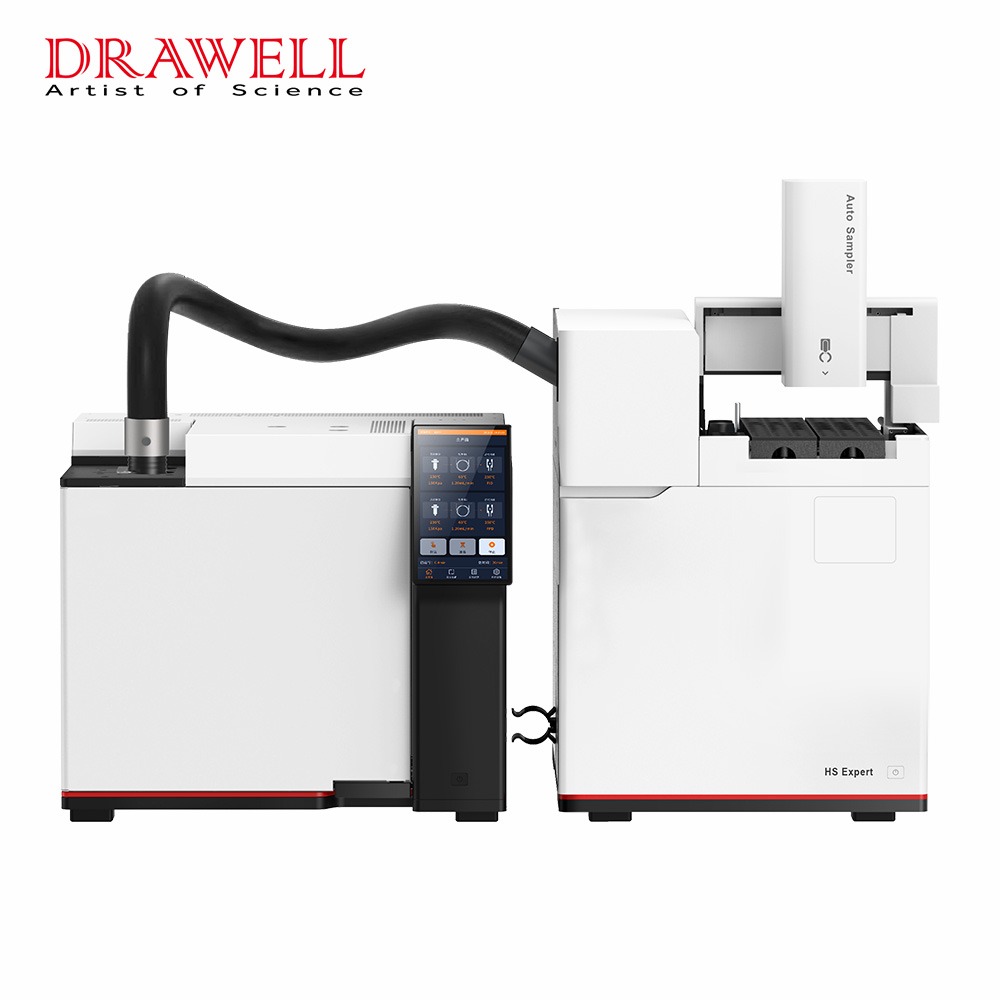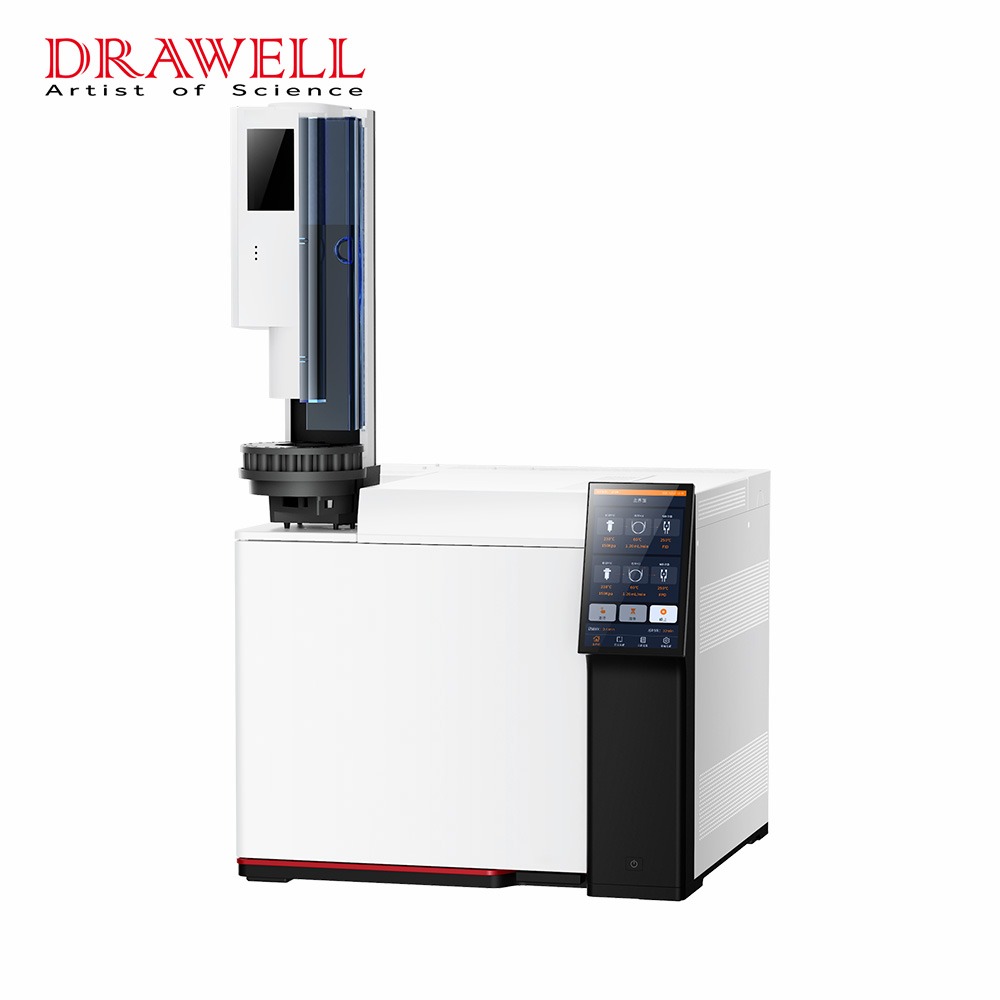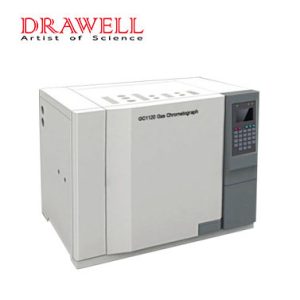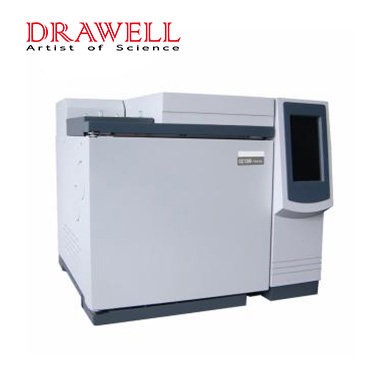Gas Chromatography (GC) has been a standard technique in analytical chemistry, allowing complicated mixtures to be separated and analyzed. In recent years, there has been an increasing trend of miniaturization in several scientific disciplines, including gas chromatography. Miniaturized gas chromatography provides various benefits, including increased portability, shorter analysis times, lower sample consumption, and more efficiency. This article explores the recent advancements, applications and challenges of the miniaturization of gas chromatography.
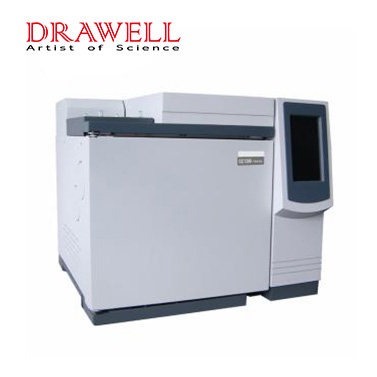
Advancements in the Miniaturization of Gas Chromatography
1. Microfabrication Techniques
One of the most significant advances in miniaturization has been the incorporation of microfabrication processes. These approaches need the accurate manufacture of microscale components like columns, detectors, and injectors. Microfabricated GC systems provide increased efficiency and smaller sample volumes.
2. MEMS-Based Components
Micro Electro Mechanical Systems (MEMS) have played an important role in improving miniaturization. MEMS-based components, including microscale columns and detectors, contribute to the reduction in the overall size of GC systems. This technology enables the creation of highly sensitive and selective miniaturized GC devices.
3. Reduced Sample Consumption
Miniaturized GC systems are designed to work with much smaller sample quantities. This not only makes them more ecologically friendly, but also economically viable, particularly when working with valuable or limited sample quantities. Researchers can conduct robust analyses using minute sample sizes.
4. Portable GC Systems
Perhaps one of the most impactful advancements is the development of portable GC systems. These systems offer the flexibility to perform on-site analyses, eliminating the need for sample transportation to a centralized laboratory. Portable GC is invaluable in fields such as environmental monitoring, food safety, and forensics.
5. Chip-Based Technology
The emergence of chip-based technologies transformed miniaturization. GC systems that use microfabricated chips with integrated components provide higher separation efficiency and faster analysis times. This technology is critical in achieving miniaturization while maintaining analytical performance.
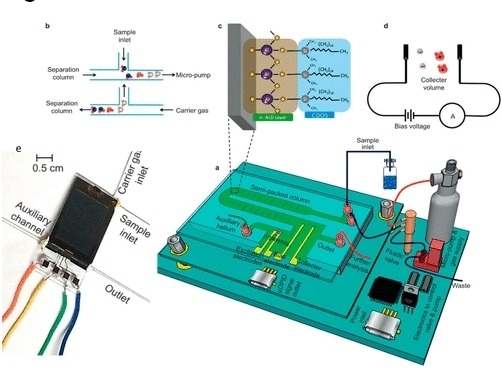
6. Temperature Programmability
Temperature programmability advancements have increased tiny GC systems’ control and precision. Accurate temperature control is critical for attaining good separation in chromatographic analyses, and miniaturized systems increasingly have advanced temperature programming capabilities.
7. Enhanced Detectors
Miniaturized GC systems benefit from advances in detector technology. Improved sensitivity, selectivity, and response time all help these systems perform better overall. Innovative detector designs, such as microfabricated and MEMS-based detectors, have improved the analytical capabilities of miniaturized gas chromatography.
8. Integration with Other Techniques
Miniaturized gas chromatography is increasingly being combined with other analytical techniques, resulting in powerful hybrid systems. Combining GC with other technologies like gas chromatography mass spectrometry or gas chromatography infrared spectroscopy improves the specificity and information content of results.
Applications of the Miniaturized Gas Chromatography
1. Environmental Monitoring
Portable and compact gas chromatography equipment are increasingly being employed for on-site environmental monitoring. They enable real-time analysis of air and water samples, aiding in the detection of pollutants and contaminants.
2. Food and Beverage Industry
Miniaturized GC is finding applications in the food and beverage industry for the analysis of flavors, aromas, and contaminants. The portability of these systems allows for quality control checks at various stages of production.
3. Clinical and Pharmaceutical Analysis
In the field of healthcare, miniaturizedgas chromatography systems are being employed for clinical diagnostics and pharmaceutical analysis. These systems facilitate rapid and precise identification of volatile compounds in biological samples.
4. Security and Forensics
Miniaturized gas chromatography is valuable in security and forensics for the rapid analysis of volatile substances. Portable GC systems enable field investigators to gather crucial information on-site.
Challenges in the Miniaturization of Gas Chromatography
The miniaturization of Gas Chromatography (GC) has resulted in considerable advances, but as with any emerging field, it has its limitations. Understanding these obstacles is critical to overcoming them and realizing the full potential of tiny GC systems.
1. Resolution vs. Size Trade-off
Achieving high resolution in miniaturized gas chromatography can be challenging. While shorter column lengths and diameters help with portability, they may decrease separation efficiency. Researchers are developing revolutionary column technologies to overcome this trade-off.
2. Sensitivity and Detection Limits
Maintaining or improving sensitivity in miniaturized gas chromatography is a persistent challenge. Smaller sample volumes and reduced column dimensions can result in lower signal intensities, making it crucial to develop more sensitive detectors and optimized sample introduction techniques.
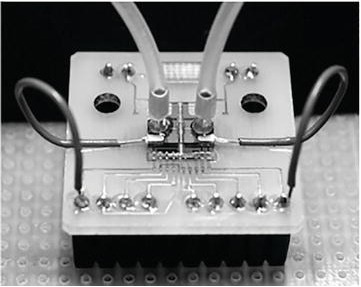
3. Sample Matrix Effects
Miniaturized GC systems frequently encounter difficulties when dealing with complicated sample matrices. The presence of interfering chemicals can impair the accuracy and reliability of analyses. Advancements in sample preparation techniques and selective detectors are essential to overcome these matrix effects.
4. Temperature Control and Stability
Precise temperature control is essential for achieving repeatable and accurate GC separations. Maintaining constant temperatures can be difficult for miniaturized systems, particularly in portable equipment. To address this challenge, innovations in microheater technology and thermal management are required.
5. Standardization and Method Transfer
Establishing standardized procedures and ensuring the seamless transfer of methods from traditional to miniaturized gas chromatography systems systems can be challenging. Method validation and inter-laboratory studies are needed to build confidence in the reliability and comparability of results obtained from miniaturized platforms.
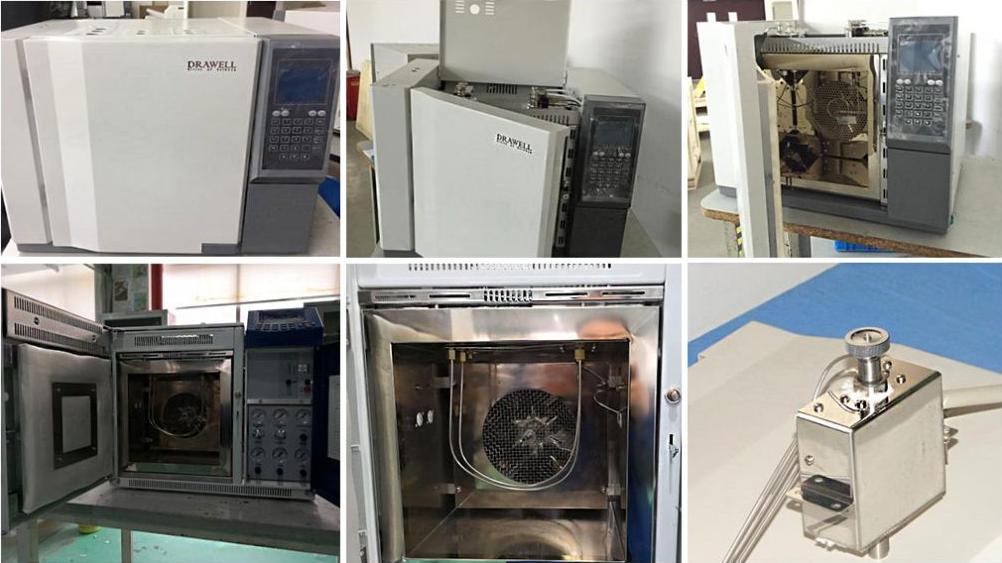
Conclusion
The miniaturization of gas chromatography is transforming analytical chemistry by giving researchers compact, portable, and efficient tools for a wide range of uses. As technology advances, miniaturized gas chromatography systems are anticipated to become more common, allowing for faster and more accessible analytical solutions across a wide range of scientific disciplines.

